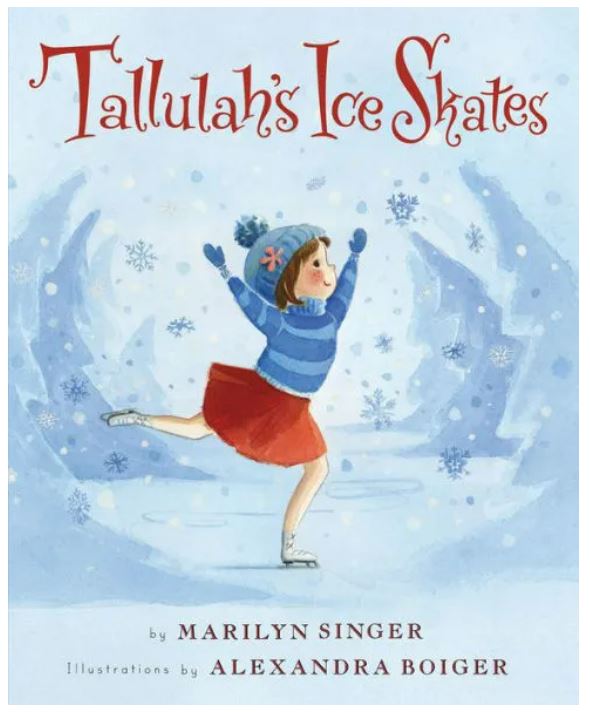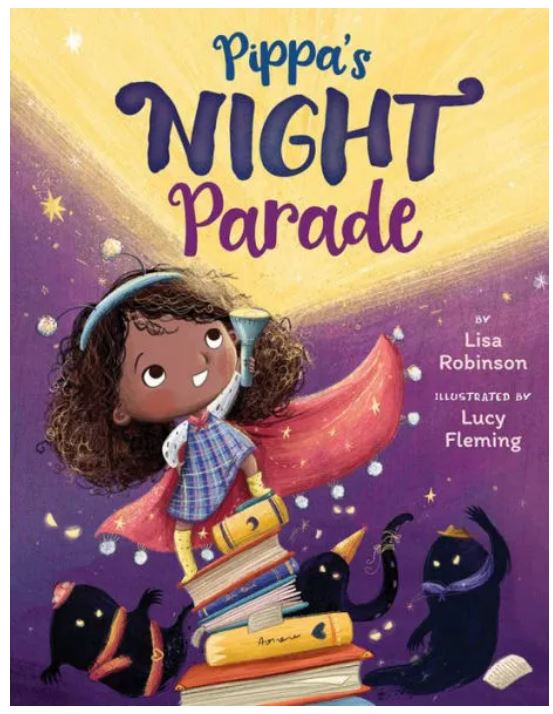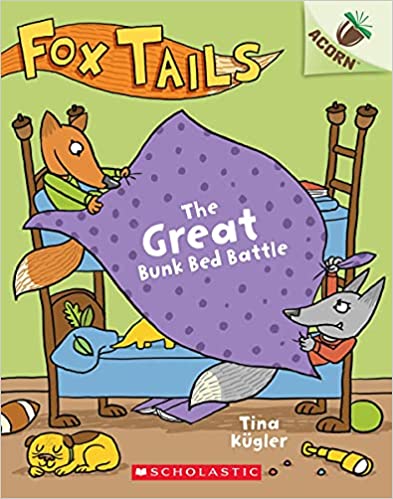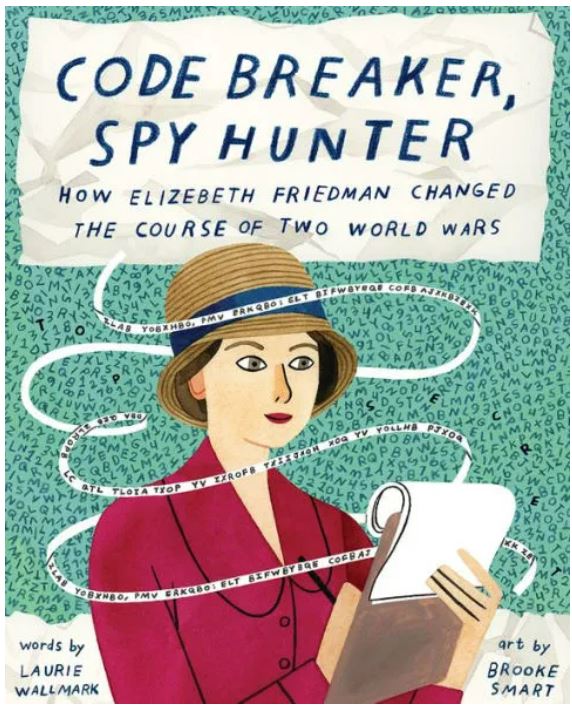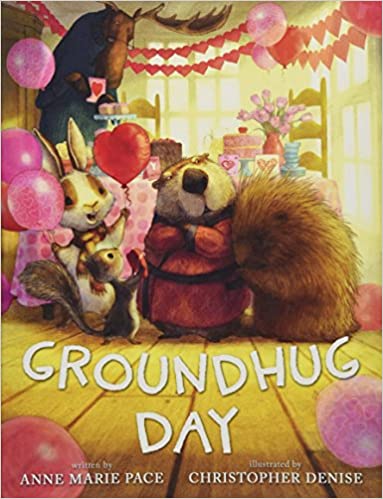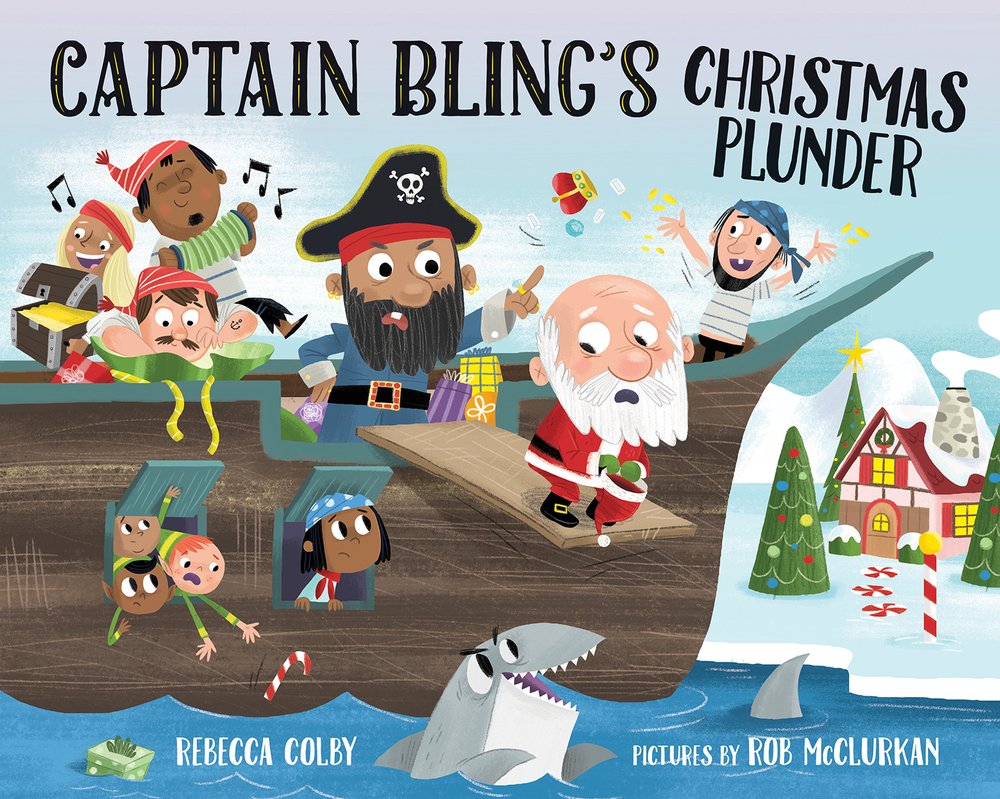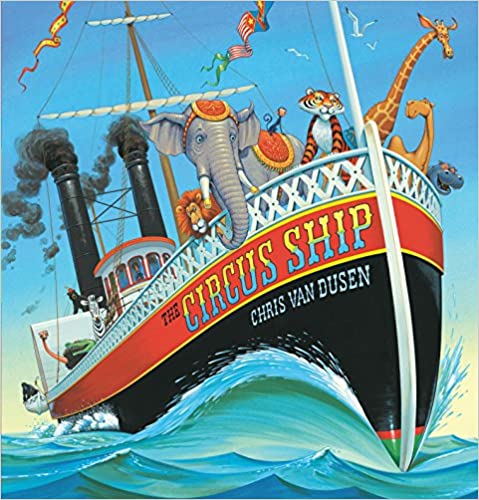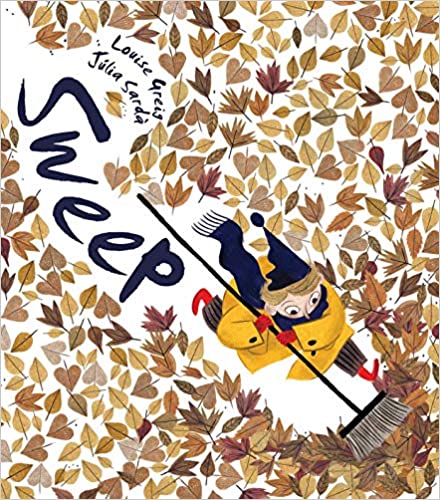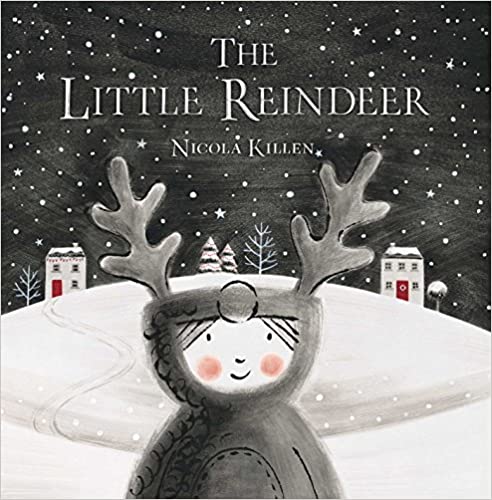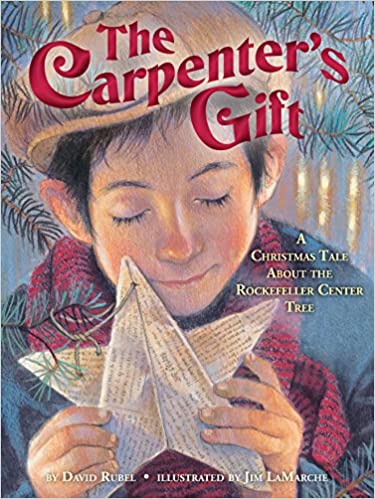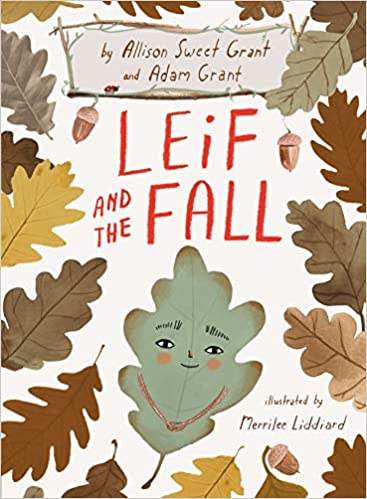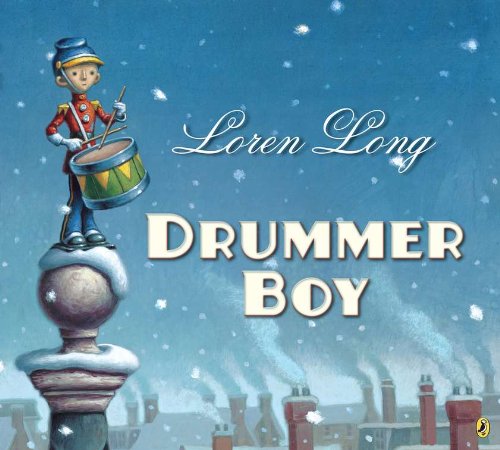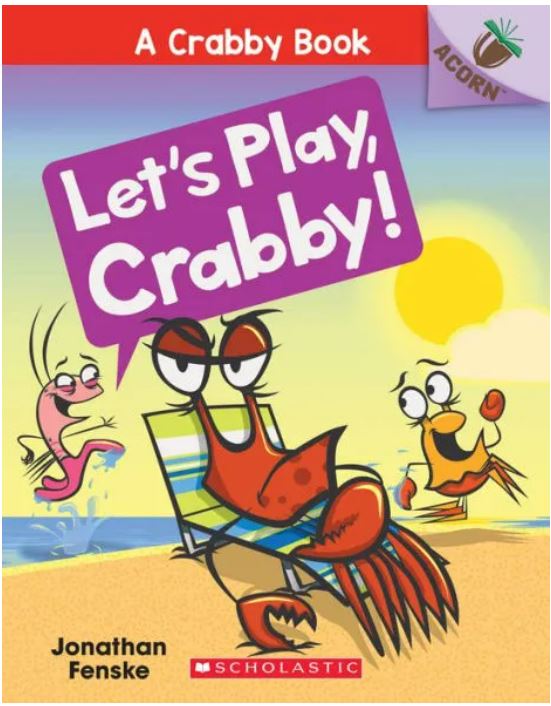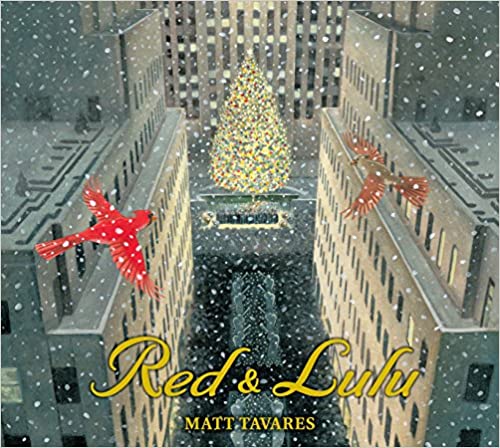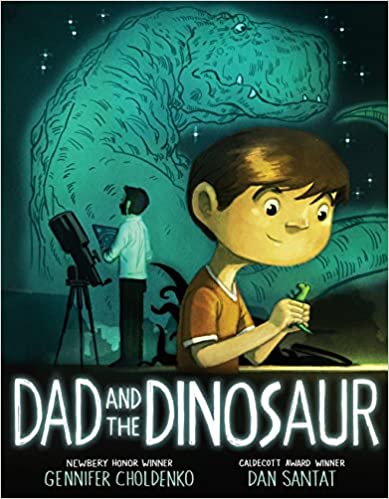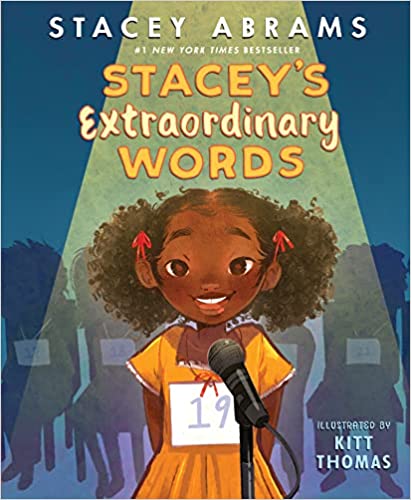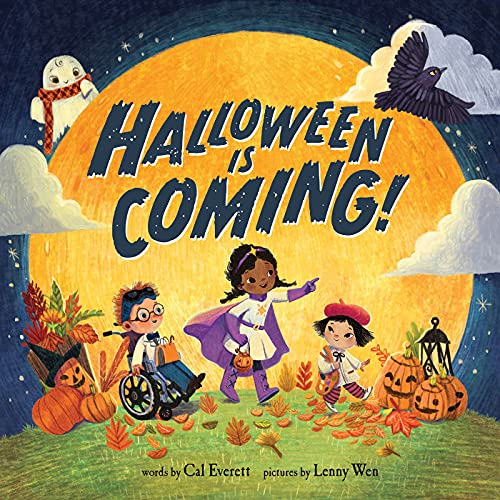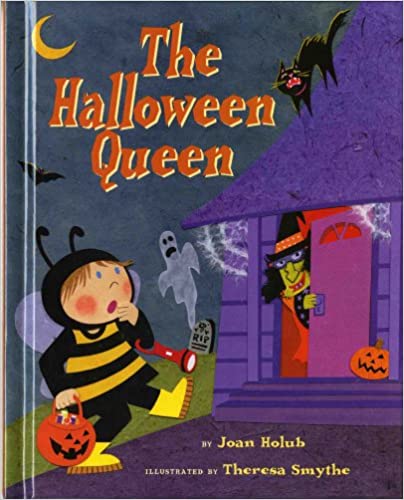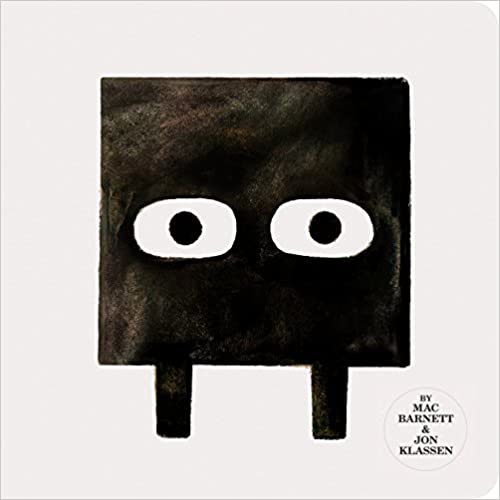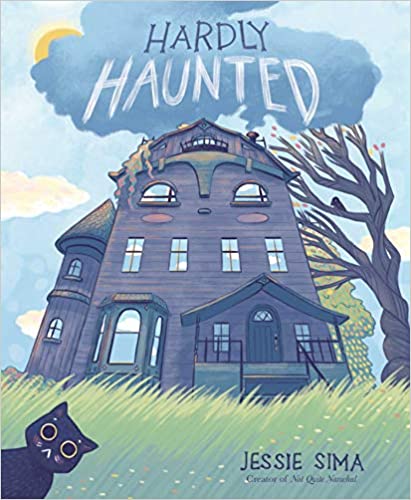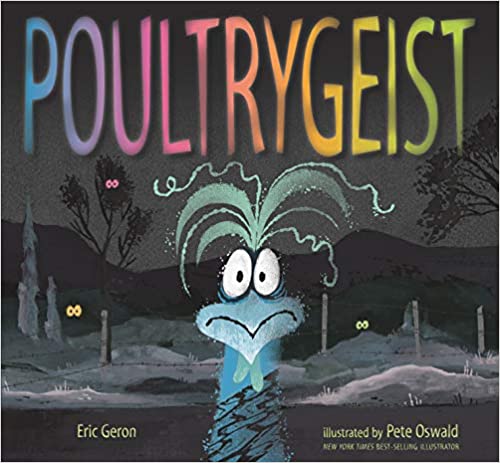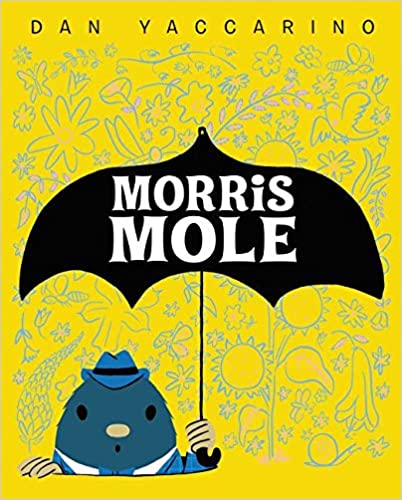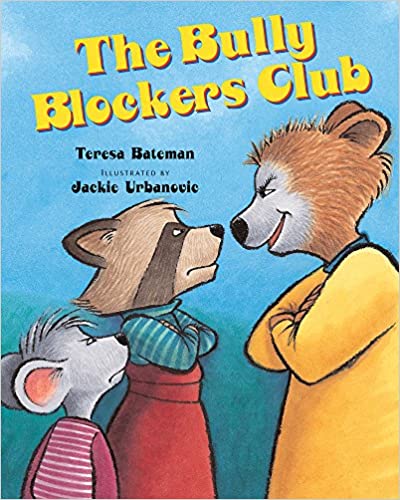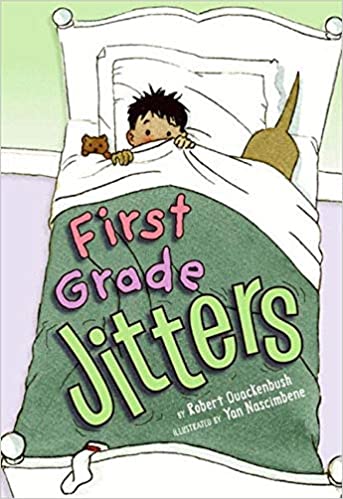Tallulah is an accomplished ballerina, but she also loves to skate. After all, skating’s a lot like ballet—challenging, graceful, and glamorous.
Tallulah is positive that with some hard work, she and her friend Kacie will be just as good on the ice as they are at dance. They’ll be Super Skaters! But Kacie doesn’t want to rehearse fancy moves; she just wants to have fun. So Tallulah practices by herself. That is, until an encounter with a talented boy ends with an embarrassing mishap. Then, Tallulah begins to realize that sometimes having fun is more important than being the best.
Grab a cup of hot chocolate and a blanket, and snuggle up with your young reader to enjoy Tallulah’s ice skating adventure. Readers will relate to Tallulah, who wants to spend time with her friend, even though they don’t agree on what they should do.
The story’s winter wonderland is illustrated in soft blues, while the kids’ clothing has pops of red and orange. The beautiful pictures show the snowy landscape and include individual snowflakes on almost every page. The ice skaters are shown making graceful twirls as well as falling sometimes. Even the black birds sitting in the tree branches become part of the story when Tallulah thinks that they “were laughing at her.” While there are not many characters, the characters included are diverse.
Tallulah’s Ice Skates will appeal to readers interested in dance and skating. In order to help readers distinguish the narration from Tallulah’s thoughts, her thoughts are written in large, bold letters. Since each page has two to seven sentences, parents will need to read the story to their child.
Tallulah’s Ice Skates is an engaging story with beautiful pictures that readers will enjoy. Tallulah’s experiences will encourage readers to try new activities. Even though Tallulah realizes she’s “not a Super Skater,” she still has fun doing bunny hops with her friend, hearing the “swooshy sound” her skates make, and the cool air tingle on her face. Other books that feature the fun of winter include A Loud Winter’s Nap by Katy Hudson and Snowmen At Night by Caralyn Buehner.
Sexual Content
- None
Violence
- None
Drugs and Alcohol
- None
Language
- None
Supernatural
- None
Spiritual Content
- None
